11-14-12 Laws and Ethics Study Guide Questions:
1. Things to know for the test:
2. What is the difference between breaking photojournalist ethics and breaking the law?
– Well for photojournalism ethics is more about morals that photographers should not cross but laws can be lead up to jail time.
3. What are some of the scenarios we discussed?
-If is okay to run a picture of a dead baby to warn parents about leaving their baby in the car.
– The young children running from acid spill on them.
4. What are the four things a photojournalists can be sued for?
-Copyright infringement,invasion of privacy,libel,obscenity.
5. What is libel?
-Occurs when someone is exposed to hatred,ridicule,or has his/her reputation damaged as a result of false information that has been published.
6. What can you do to make sure you are not sued for libel?
-Publish only true photographs and cutlines!
-Don’t use “humor” or words that have double meanings in cutlines.
-Don’t manipulate photographs to make them false.
7. What is the best defense against libel?
-Publish only true photographs and cutlines!
-Don’t use “humor” or words that have double meanings in cutlines.
-Don’t manipulate photographs to make them false.
8. What is invasion of privacy?
9. When does a private citizen lose the right to privacy?
10. What is obscenity?
11. What is the LAPS test?
-Does the work lack serious literary, artistic, political or scientific value
12. What is copyright?
-The right of authors or artists to prevent others from copying their work without permission.
13. What should you do to avoid being sued for copyright infringement?
– Do not steal their work or only used ten percent of work for educational purpose.
14. As a media representative, in which of these cases can you legally shoot a newsworthy event on private property?
When the house is burning down, if the police does not object, you can legally shot newsworthy event on private property.
15. If someone threatens to sue your paper for libel for a picture that damaged their reputation, what could you do to avoid it?
-When the picture of question can be proven to be truth they cannot sue you.
16. If you wanted to pursue photojournalism in college, which school should you attend?
-Missouri
17. Standards that professional photojournalists strive to follow are called…
-Law of ethics
18. If you take pictures of someone in their home with a hidden camera, you can be sued for:
Yes, invasion of privacy.
19. If you use a telephoto lens and photograph students drinking beer in their backyard, you could be sued for:
Yes, because its in private property.
